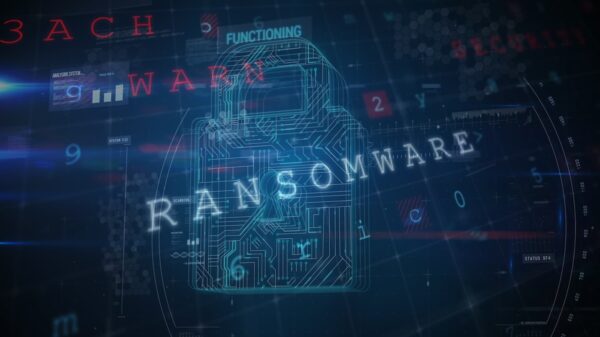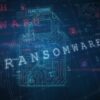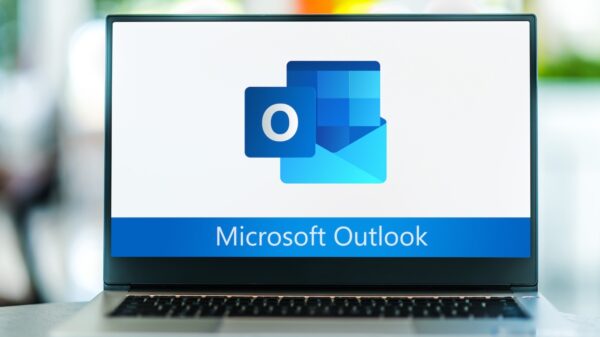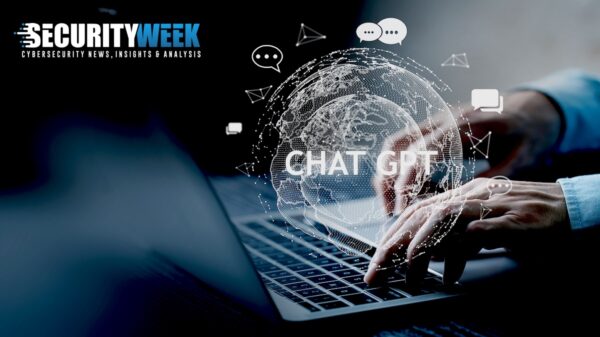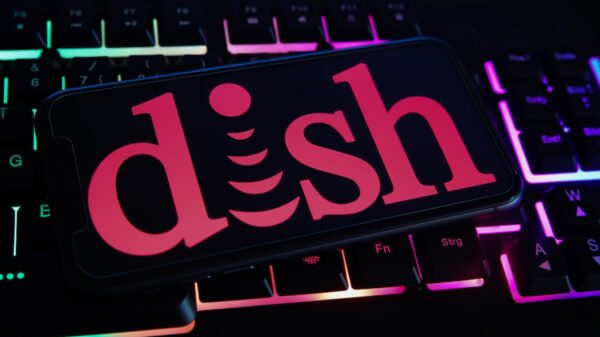In newly observed attacks, the SamSam ransomware that has been active for more than a year is demanding a whopping $33,000 to decrypt all affected machines in a network.
SamSam isn’t distributed through automated tools such as exploit kits or spam botnets, as most ransomware families out there, but is installed on vulnerable systems through manual compromise instead.
Once a single machine in a network was breached, however, the threat can spread to other computers on the network. The ransomware’s operators are using remote desktop protocol (RDP), web shells and batch scripts to compromise networks and deploy the ransomware on every machine, AlienVault’s Chris Doman notes in a blog post.
Written in C#, the malware’s recent variants show no changes compared to previous samples, researchers say. On the compromised machines, the threat is targeting over 300 file types to encrypt, and uses the functions encc.myff1 and encc.EncryptFile for encryption, a researcher going by the name of Vallejo explains.
Recent SamSam attacks follow the same pattern as previous campaigns, albeit the demanded ransom is higher than before. The malware’s operators demand 1.7 Bitcoin (over $4,500) to decrypt a single machine, 6 Bitcoin (over $16,000) to decrypt data on half the machines, and 12 Bitcoins (around $33,000) to restore data on all of the infected machines.
“In addition, the group behind SamSam charges very high ransoms because of the amount of effort invested in their operations, which made them the subject of two FBI Alerts last year,” the researcher says.
According to AlienVault, the attacks appear to peak in waves, revealing when the ransomware’s authors are active. One notable recent SamSam incident involved a New York hospital that refused to pay the $44,000 ransom demanded after being infected with the ransomware in April.
“The most recent attacks appear to have been successful, at least from the attacker’s point of view. The Bitcoin address associated with this week’s attacks has received $33,000,” Doman reports.
After encrypting a file, SamSam deletes the original and leaves the encrypted variant instead. However, because the malware doesn’t appear to be cleaning the removed file sectors, affected users might be able to recover their files or parts of them.
Related: Samas Ransomware Uses Active Directory to Infect Entire Networks
Related: Samas Ransomware Uses Pen Testing Tools for Delivery




